- Write by:
-
Wednesday, April 6, 2022 - 13:31:56
-
332 Visit
-
Print
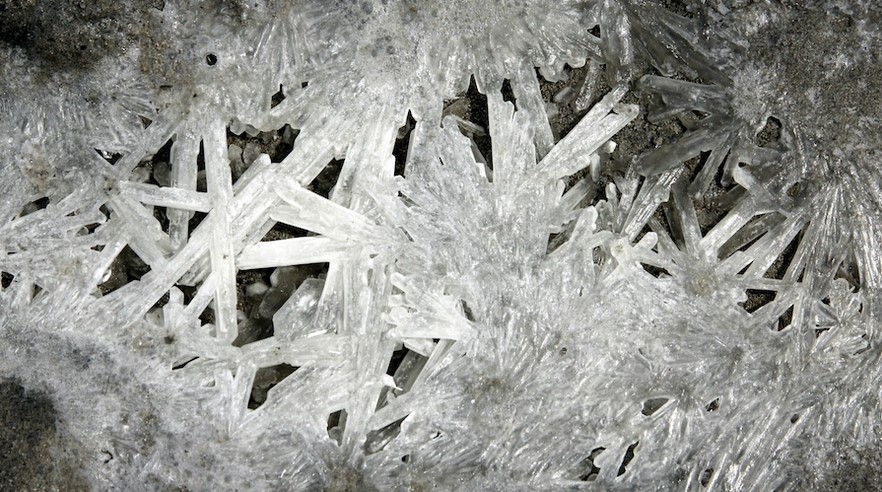
Mining News Pro - Scientists at the US’ Pacific Northwest National Laboratory have created a ‘freeze-thaw battery,’ designed for the electric grid that locks in energy for months without losing much storage capacity. It is considered a step toward batteries that can be used for seasonal storage.
In a paper published in the journal Cell Reports Physical Science, the researchers explain that the battery is first charged by heating it up to 180 degrees Celsius, allowing ions to flow through the liquid electrolyte to create chemical energy. Then, the battery is cooled to room temperature, essentially locking in the battery’s energy. The electrolyte becomes solid and the ions that shuttle energy stay nearly still. When the energy is needed, the battery is reheated and the energy flows.
The freeze-thaw phenomenon is possible because the battery’s electrolyte is molten salt—a molecular cousin of ordinary table salt. The material is liquid at higher temperatures but solid at room temperature.
The freeze-thaw concept dodges the issue of batteries self-discharging when they sit idle. A fast discharge rate, like that of batteries in most cars or laptops, would hamper a grid battery designed to store energy for months. Notably, the PNNL freeze-thaw battery has retained 92% of its capacity over 12 weeks.
In other words, the energy doesn’t degrade much; it’s preserved, just like food in a freezer.
Cheaper materials
In terms of its components, the aluminum-nickel molten-salt battery is made of earth-abundant, common materials. The anode and cathode are solid plates of aluminum and nickel, respectively. They’re immersed in a sea of molten-salt electrolyte that is solid at room temperature but flows like a liquid when heated. The team added sulphur to the electrolyte to enhance the battery’s energy capacity.
One of the biggest advantages of the battery is the composition of the separator placed between the anode and the cathode. Most higher-temperature molten-salt batteries require a ceramic separator, which can be more expensive to make and susceptible to breakage during the freeze-thaw cycle. The freeze-thaw battery’s chemistry, however, allows for the use of simple fibreglass. This cuts costs and makes the battery sturdier when undergoing freeze-thaw cycles.
According to the research group, the battery’s energy is stored at a materials cost of about $23 per kilowatt-hour, measured before a recent jump in the cost of nickel. The team is exploring the use of iron, which is less expensive, in hopes of bringing the materials cost down to around $6 per kilowatt-hour, roughly 15 times less than the materials cost of today’s lithium-ion batteries.
The device’s theoretical energy density is 260 watt-hours per kilogram—higher than today’s lead-acid and flow batteries.
In their paper, the PNNL’s team also points out that batteries designed for seasonal storage would likely charge and discharge just once or twice a year. Unlike batteries designed to power electric cars, laptops or other consumer devices, they don’t need to last hundreds or thousands of cycles.
“You can start to envision something like a large battery on a 40-foot tractor-trailer parked at a wind farm,” coauthor Vince Sprenkle, senior strategic advisor at PNNL, said in a media statement.
“The battery is charged in the spring and then the truck is driven down the road to a substation where the battery is available if needed during the summer heat.”
Short Link:
https://www.miningnews.ir/En/News/621001

Marex Group Plc and a group of the London-based firm’s shareholders raised about $292 million in a US initial public ...
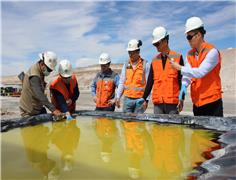
China’s Tianqi Lithium said on Thursday it has formally requested that a proposed joint venture between lithium company ...
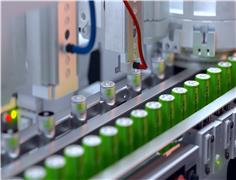
India is in talks with several countries seeking partnerships for technical help on lithium processing, said four ...
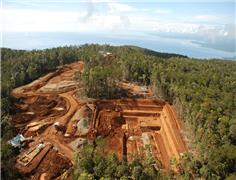
Eramet subsidiary SLN’s nickel mining operations in northern New Caledonia have been suspended, adding to difficulties ...

Chile’s state copper company Codelco defended its proposed lithium production tie-up with SQM in response to criticism ...
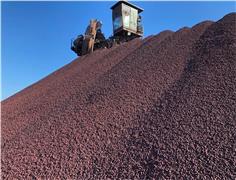
Brazilian miner Vale on Wednesday said lower prices for iron ore, nickel and copper in the first quarter dragged down ...

BHP Group Ltd. proposed a takeover of Anglo American Plc that values the smaller miner at £31.1 billion ($38.8 billion), ...

Nigeria has revoked 924 dormant mining titles immediately and invites investors to freely apply for the affected ...
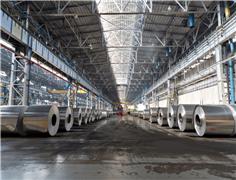
The London Metal Exchange is imposing new rules surrounding the movement of metal in its warehousing network, taking aim ...
No comments have been posted yet ...